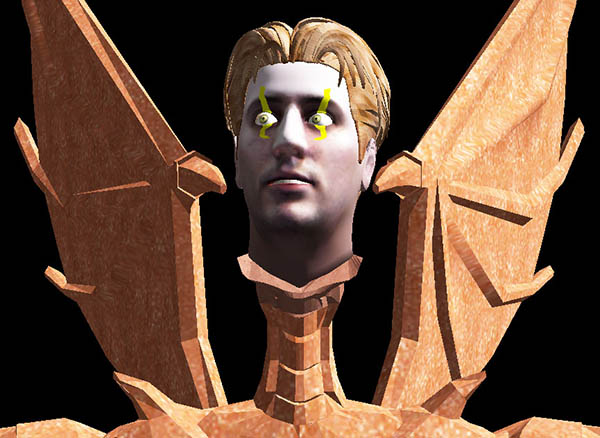CPSC 4380 – 3D Modeling for Computer Graphics
CPSC 4380 3D Modeling for Computer Graphics is the first course in a two-course sequence that students typically take in the fall (CPSC 4380) and spring (CPSC 4381) semesters of their junior or senior year. It is a required course for students majoring in Computer Game Development.
CPSC 4380 is an introductory course in 3D modeling techniques for games and other real-time graphics applications. No prior modeling experience is required. Prior experience with computer graphics is also not required although it is helpful if students have a basic understanding of 3D coordinate systems. Students can work in the game laboratory on campus or use their own personal computers for this course.
Basic modeling skills using Lightwave 3D are taught in the course. Specific topics include mathematical foundations, 3D file formats, creation and modification of 3D geometric shapes, surface texturing, lighting, rendering, and a survey of current software tools and techniques. Both rigid and non-rigid body animation are also covered in the course. Other methods of animation, including skeletal animation and morphing, are covered in CPSC 4381 3D Animation for Computer Graphics. Those techniques are more often implemented in code than modeling software.
Besides providing students the skills needed to create 3D models for games, the knowledge gained from this course is readily adaptable to other industries that may require 3D modeling. It is also an advantage for a game developer to have a solid understanding of modeling techniques to better facilitate communication between programmers and artists on a game development team. This is often an overlooked area of study in game development education.
The course offers students a unique opportunity to add modeling to their skills portfolio. Employers in the game industry will have a higher appreciation of an applicant for a programming position who has taken the time to understand the challenges involved in game art and modeling. Students should add examples of their 3D modeling work to their portfolio. A portfolio of work is very important when seeking a job in the game industry since it demonstrates a student’s knowledge and skill.

Student Learning Outcomes
Upon completion of this course students should be able to:
- Apply mathematical foundations, knowledge of current tools and specific modeling techniques to problems involving real-time computer graphics.
- Create 3D models for real-time computer graphics applications.
- Combine 2D textures with 3D models.
- Produce renders of 3D models using appropriate lighting and camera control.
- Construct textured 3D models using techniques for rigid-body animation.
- Construct textured 3D models using techniques for non-rigid-body animation.
Course Prerequisites: None